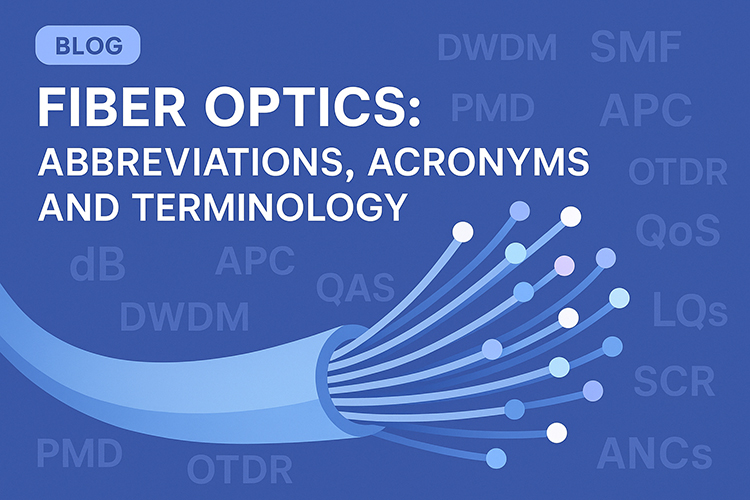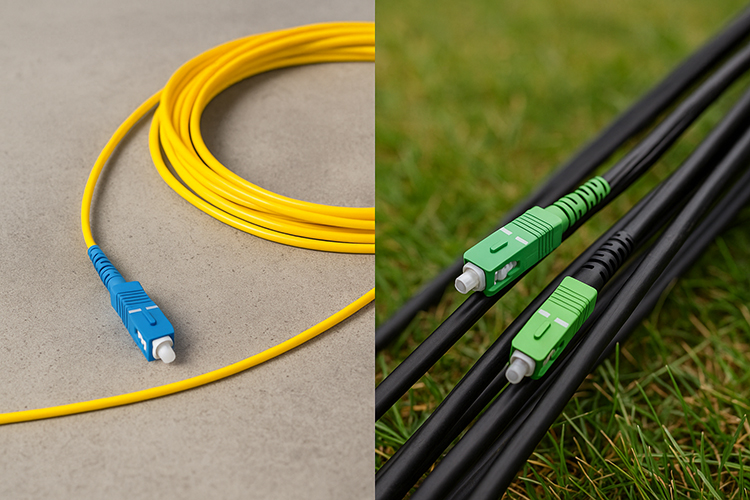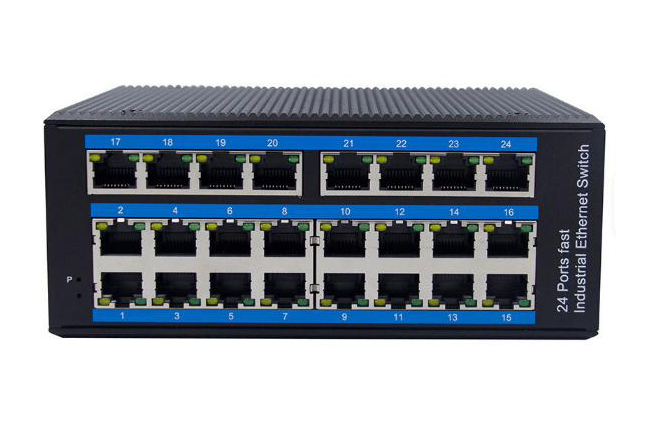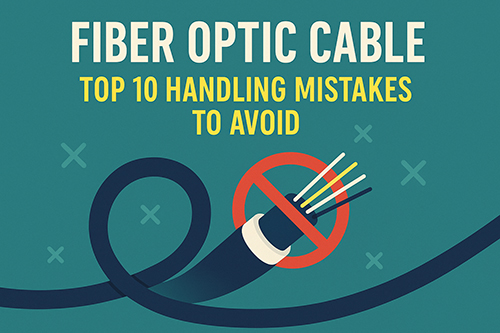.jpg)
How Fiber Preforms Affect Your Network Experience
1. Introduction
Fast, stable internet is no longer a luxury—it’s an expectation. Whether you're streaming video, running a business, or managing data centers, network performance plays a decisive role in user experience. But have you ever wondered why some networks are smoother than others, even when they claim similar bandwidth?
While many factors contribute—routing, device performance, signal interference—one element often overlooked is the quality of the optical fiber itself. And at the heart of every fiber lies a component that rarely gets mentioned outside the factory: the optical fiber preform.
This article takes a closer look at how fiber preforms impact network performance, and why this hidden material matters more than most realize.
2. The Link Between Fiber and Network Quality
Optical fiber is the physical path that carries light signals across vast distances. Its ability to transmit data efficiently depends heavily on the internal structure of the glass. That structure begins with the fiber preform—a cylindrical glass rod, typically around 1 meter long and a few centimeters thick, from which thousands of kilometers of fiber can be drawn.
The preform contains two key layers:
-
The core: where the light travels
-
The cladding: which surrounds the core and reflects light inward through total internal reflection
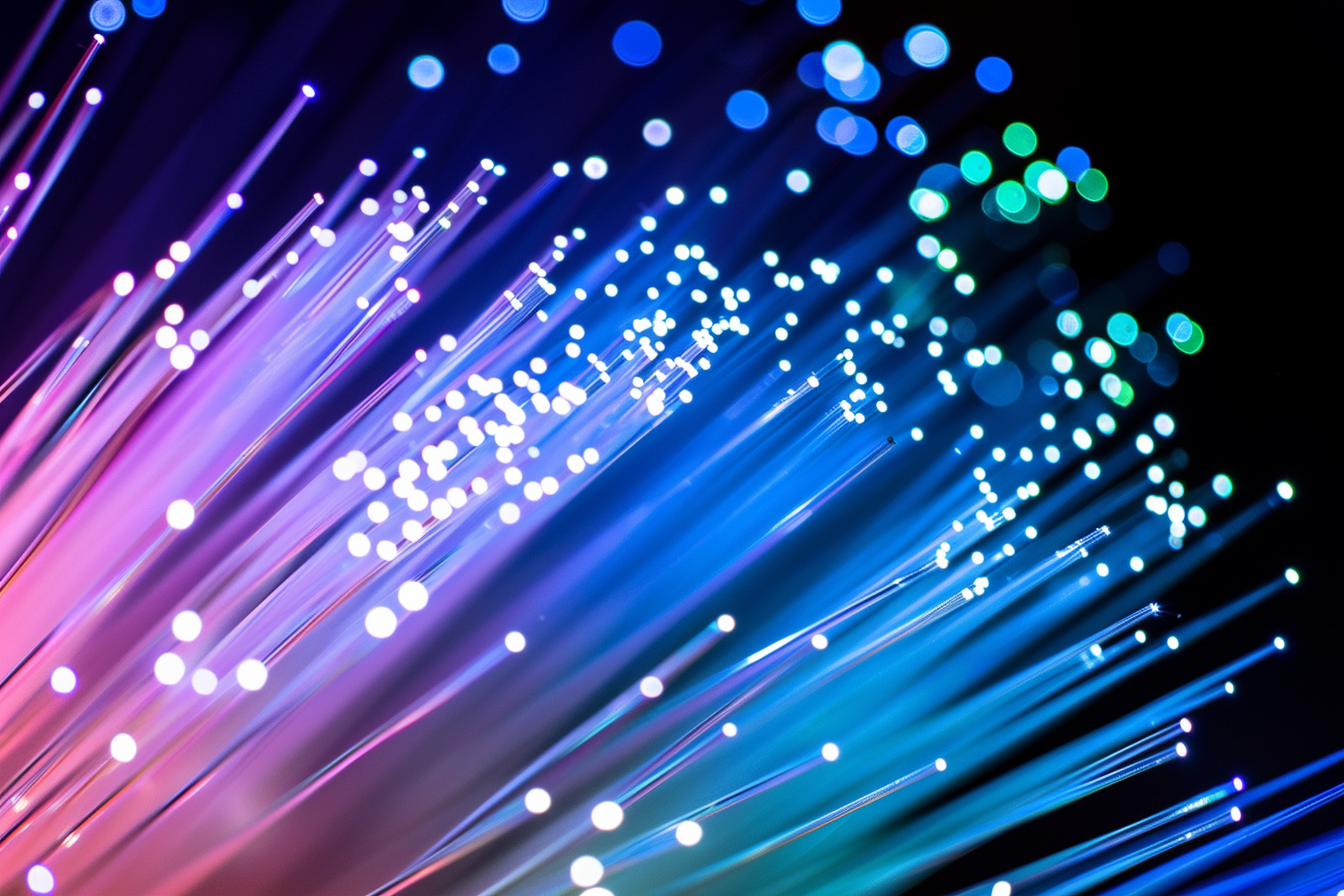
The precision of these layers, along with the materials used, ultimately defines the performance of the optical fiber drawn from the preform.
If the refractive index profile is inconsistent, if the core has microscopic impurities, or if the mechanical strength is compromised, the resulting fiber may suffer from higher signal loss, instability, or physical degradation—all of which directly affect the end-user’s network experience.
3. Key Quality Indicators of a Fiber Preform
Not all preforms are created equal. A high-performance optical network demands more than just glass—it requires preforms engineered with precision. Here are four critical quality parameters:
3.1 Purity
The presence of metallic ions, water content (OH–), or gas inclusions in the glass can lead to increased scattering and absorption of light. High-purity silica—often >99.999%—is required to minimize these effects and achieve long transmission distances with minimal loss.
3.2 Refractive Index Profile
The difference in refractive index between the core and cladding must be tightly controlled. Too much variation can cause mode dispersion or loss of confinement, degrading the clarity and speed of the signal.
Doping agents like germanium or fluorine are used to fine-tune this index. The way they’re deposited into the preform—uniformly and in proper concentration—is a delicate process.
3.3 Attenuation
Attenuation refers to signal loss per kilometer. Lower attenuation means better performance over long distances without the need for amplifiers or repeaters. High-quality preforms typically lead to fibers with attenuation below 0.2 dB/km in standard telecom wavelengths.
3.4 Mechanical Strength
Fiber cables face real-world stress: pulling during installation, bending around corners, temperature shifts. The mechanical strength of the glass fiber, influenced by the density and uniformity of the preform, determines how well it survives these challenges without breaking or developing microcracks.
4. Challenges in Making a Good Preform
Producing preforms isn’t just about melting silica. It involves advanced deposition and sintering techniques that require clean-room conditions and micron-level control. The three most commonly used processes are:
-
MCVD (Modified Chemical Vapor Deposition): Deposits layers inside a rotating quartz tube using reactive gases and high heat.
-
OVD (Outside Vapor Deposition): Builds the preform layer by layer externally, then sinters it into a solid rod.
-
VAD (Vapor Axial Deposition): Grows the preform axially from the center, used widely for mass production.
Each method has its own advantages, but all share one challenge: consistency. Any small deviation in temperature, gas flow, or dopant delivery can affect the uniformity of the preform. That’s why large-scale preform manufacturing requires both advanced automation and experienced process control.
In addition, contamination control is vital. Even nanogram-level impurities introduced during deposition can affect the fiber’s optical properties, especially for high-speed data networks.
5. Real-World Effects on Network Performance
So how does preform quality translate into user experience? Here are a few practical examples:
-
Higher attenuation from impurity-laden preforms leads to shorter transmission distances or more frequent repeaters—both add cost and latency.
-
Unstable refractive index profiles can increase bit error rates, especially in high-speed optical networks (10G/40G/100G+).
-
Poor tensile strength can cause microbends or breaks during fiber installation, increasing maintenance frequency.
-
Higher polarization mode dispersion (PMD), arising from structural asymmetries in the preform, can limit the maximum transmission rate.
On the other hand, a high-quality preform ensures that your fiber operates with:
-
Lower signal loss
-
Better thermal and mechanical durability
-
Consistent bandwidth and throughput
-
Fewer dropouts and longer mean time between failure (MTBF)
This reliability directly benefits cloud services, video streaming, real-time communication, and IoT networks.
6. Future Trends: Why Preforms Matter Even More Now
As the demand for data continues to surge—driven by 5G rollout, AI workloads, and next-gen data centers—the need for higher-performing fiber increases. This places more pressure on the preform supply chain.
Some notable industry trends:
-
Ultra-low loss fibers for submarine cables require even stricter control of preform purity and geometry.
-
Multi-core and few-mode fibers call for precise shaping within the preform, not just doping.
-
Smaller bend radius fibers used in FTTH and data centers need higher mechanical durability, starting with a tougher preform.
-
Green manufacturing is pushing producers to reduce the energy and chemical footprint of preform production.
In China, Europe, and the U.S., leading fiber makers are heavily investing in smarter preform manufacturing—combining AI monitoring, real-time analytics, and cleaner deposition techniques.
7. Conclusion
The next time you enjoy a smooth video call or a fast download, remember: the quality of your network experience doesn’t begin with your router. It begins in a factory, where engineers shape molten silica into precise structures that define how light moves.
The fiber preform may be invisible to end users, but its impact is anything but small. For telecom operators, system integrators, and fiber product buyers, understanding what goes into a good preform helps ensure that your network backbone is as strong, fast, and stable as it needs to be.
At Stanford Optics, we focus on sourcing and supplying high-quality optical preforms and fiber components—designed for performance, tested for consistency, and ready for the networks of tomorrow.

